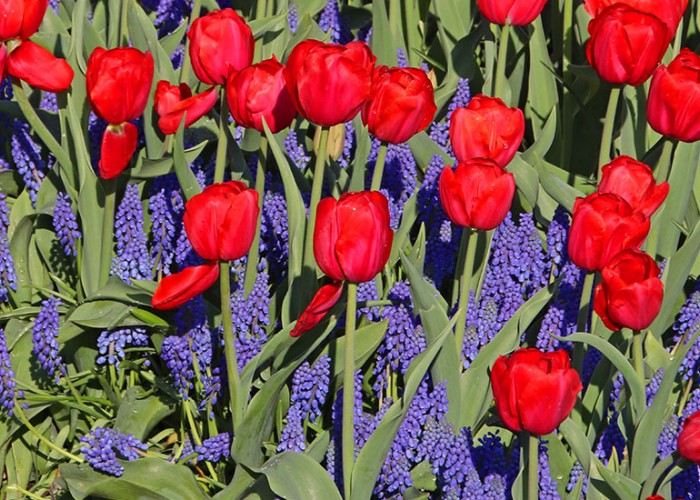Gum Ball Gardening
Plus Garden To-Do’s for September
By L.A. JacksonThe autumn garden can be such a pleasant place. Many perennials continue to show off, late planted annuals begin to come into their prime, and the first cooling fall breezes start to turn the summer’s heat into a memory.
So, the urge becomes great to kick off your shoes and tippy-toe through your special green world. All’s well until — “E-e-e-YOW!” — your wonderful walk comes to a screaming halt because you stepped on a danged sweet gum ball.
Sweet gum balls go by many names: monkey balls, goblin balls and several other colorful monikers. The fact is, they are not strangers to many gardens, and they do hurt when stepped on with bare feet. Gum balls can also strike outside of the garden by easily rolling the ankle of a shoe-wearing foot on any hard surface.
So, what good are sweet gum balls?
Well, believe it or not, there actually is some usefulness to these prickly little so-and-sos. Personally, I have used gum balls as seven-iron practice while sending them back to their home in the woods. Occasionally, I have also brought gum balls in to amuse the cats, which they usually enjoy—for about five minutes, and then, cats being cats, ignore them.
To a budding interior designer, however, these odd, spiky spheres have potential in natural dried arrangements, or, if spray-painted bright yellow or orange, interesting additions to Halloween or Thanksgiving decorations. Ditto for metal-flake green and red, which can turn plain gum balls into conversation-piece Christmas ornaments.
Back in the garden, dried gum balls can also be used for a positive rather than painful effect. In much the same manner as bits of Styrofoam, a few inches of light-weight, porous gum balls added to the bottom of a plant container lessens the pot’s heft and also improves drainage.
And similar to regular organic mulch, a two- to three-inch layer of gum balls around plants deflects the sun’s light to help keep roots cool and, at the same time, conserve moisture. Sure, such spiked plantings might look like a Goth garden, but it works.
As a bonus, this odd mulch scattered around garden-bound plants or tucked in with potted pretties offers prickly protection against slugs and snails because, like bare feet, these soft-bodied pests do not enjoy the “E-e-e-YOW!” experience that comes with encountering the stiff spines of “useless” sweet gum balls.
Garden To-Do's for September
Now is not too soon to begin preparing for next year’s garden, especially if you have leftover pots from plants you bought this growing season, since they can be useful later for sprouting seeds or starting cuttings. To tuck them away properly, first soak the containers in a solution of one part bleach and nine parts water for at least an hour. Then scrub the pots with a brush or sponge and wipe dry. This autumn chore will help assure the containers will be free of overwintering diseases, fungi or bad bug eggs that could mess up your potted creations next spring.
- Ornamental grasses should be coming into their pretty prime now, with many showing off dazzling inflorescences that can be cut and used to add extra visual gusto to indoor arrangements this fall.
- Don’t give up on the ornamental garden just yet. Bring some late growing season flash to your landscape by adding such pretties as chrysanthemums, dusty miller, ornamental kale, pansies, flowering cabbage, asters and violas.
-
More September gardening
-
Share this story:







